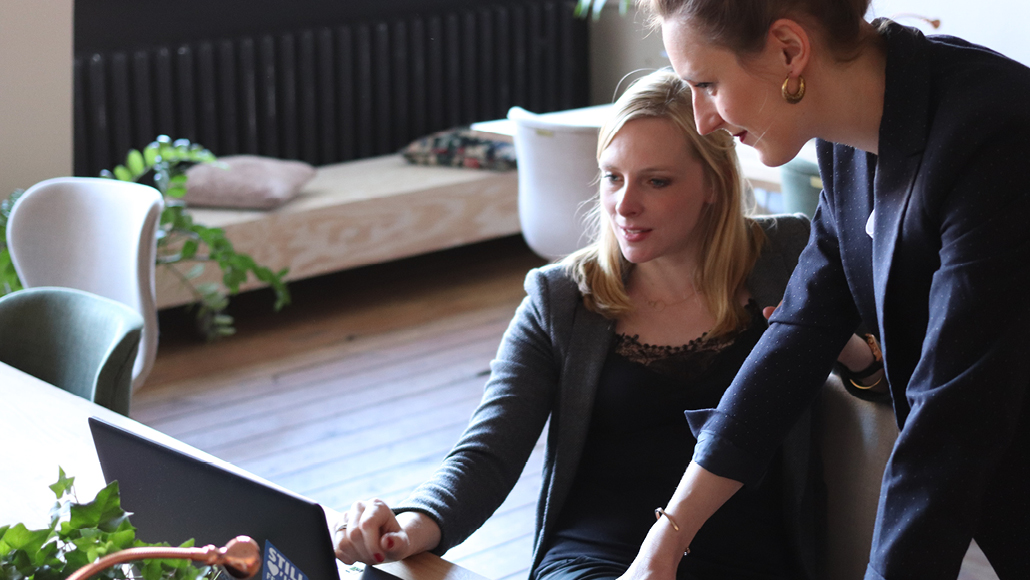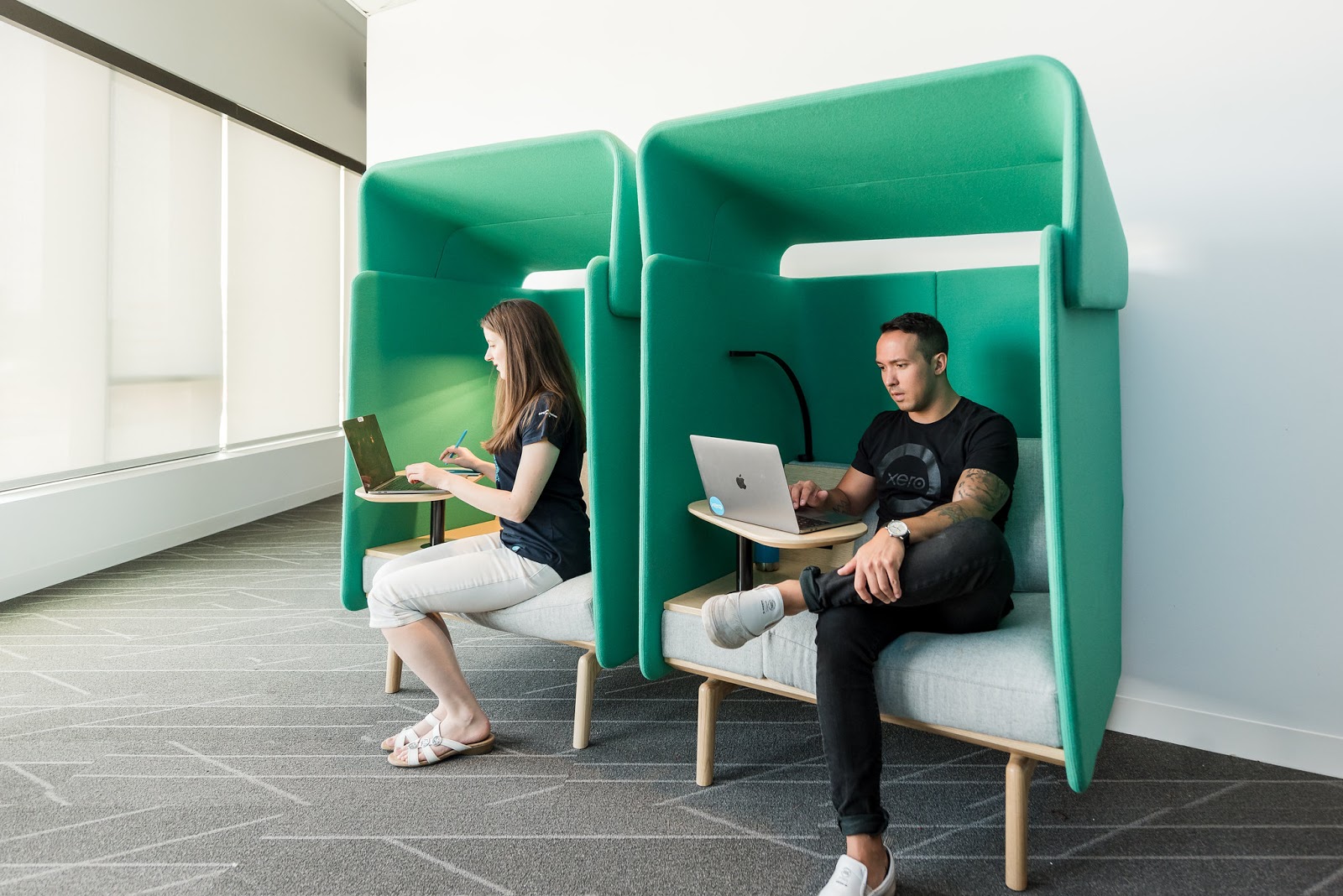Australia is reopening, and businesses are beginning to plan their return to the workplace. A well-thought out and meticulous approach is critical now more than ever. The return to work post-pandemic is not like any other kind of return to work any of us have experienced before after Christmas or Summer holidays, and there are multiple aspects to consider. Logistics, travel arrangements, sanitation measures are all going to be priorities that most of us haven’t had to worry about too much previously.
If you’re wondering where to start, don’t panic! Your people are your most important asset, and with this in mind - we have developed a simple and sensible, five step guide that will help to ensure you are able to successfully plan their return to work and keep your workforce safe, productive and of course - happy. Read on to get started now.
1. Perform a Workforce Audit
Start with a full workforce audit. Create a spreadsheet of all your current staff members and group them by team and even better, by skill. You may need to consult with team leaders and managers to determine which staff members can continue to work remotely with success and who might be encouraged to return into the workplace environment in order to achieve their best results. Some team members may not have access to the full suite of tools they need to perform their job to their best ability, whether that is simply a quiet space from which to make customer calls, access to a printer, or face to face interaction with their line manager.
Think carefully about alternative working arrangements at this point too. There is no one size fits all approach. A blended workforce of full-time and part-timers may enable you to operate better than before, and temps may help you make efficiencies. It might be wise to figure out at this point exactly WHICH skills are mission critical to your business, and which are not. From here you could look to outsource skills which are NOT mission critical in order to make efficiencies. An example of this might be your Office Administrator. You may need them on certain days only, or during specific periods. Why not use a Weployee and pay them by the day, or week so that you can save costs on a full time salary for a non-mission critical function. Perhaps your Customer Service team can be flexed up with a few Weployees during busy periods, returning to a leaner team when enquiries are lower.
2. Pulse Check
After your audit, you should be consulting closely with your wider teams before you take any further action. In any kind of crisis, and particularly in the case of a global health crisis which has been potentially damaging mentally and emotionally - it is important to check in regularly, communicate and ensure everyone feels they are being listened to. How have people felt about WFH? Have they enjoyed it or would they prefer to be back in the office? Have they felt they are able to be more productive? Depending on the size of your team, digital tools may help you to get a read on the overall feelings about returning to the office. There are free survey tools to leverage that you can send out via email, (we use Survey Monkey) and plenty of amazing employee engagement software platforms that can collect feedback easily and quickly by text message.
3. Create a Roster
Now that you have an idea of who wants to return to the office and who NEEDS to, you will need to create a forward plan to manage footfall effectively and maintain social distancing regulations in the office, surrounding areas and on public transport. This will also help you ‘track and trace’ your staff members more easily in the event of a COVID-19 outbreak within your organisation. These may be complicated to manage initially. Save yourself the headache by hiring a Weployee by the hour or day to compile these rosters each week, whilst the timetables are shifting. It’s free to sign up so you’ll only be paying for the actual work done when it needs to be done.
Using your spreadsheet, you can then start to segment your workforce into pods with differing schedules week on week so that you are better able to manage movement in and around the office . A simple way to organise them would be by team or department. A more impactful method however, might be by skill or capability. Try to include an even spread of seniority and department members. This will result in cross-functional teams working together at the same times. Greater diversity in teams can mean divergent thinking, or greater creativity and innovation which has been proven to lead to increased revenue. Working in cross functional pods may provide far greater rewards to the overall business than you have previously considered!
4. Clean, clean and clean some more
This step should be pretty obvious, but increased, and more detailed cleaning and disinfection procedures must become the new normal in all workplaces. You will need to factor this into your return to work plan. Have hand sanitizer stations been placed at all entrance and exits? Have you increased your cleaning schedule in high-touch areas and bathrooms? Find more information on environmental cleaning and disinfection principles from the Government Health website here
5. Communicate
As mentioned - your people are your first priority and good communication is the very least you owe them. Make sure you communicate clearly and candidly both the expectations of the business throughout the return to work and the risks involved. Point out that you will be setting them up for success however, with regular reminders and timely updates. Again, a temp office manager will be able to help with this, keeping the workforce planning rosters updated, circulating them to the right team members, and ensuring everyone knows when they should or shouldn’t be travelling in. Avoiding peak times is a smart way of helping to manage crowding on Public Transport.
The return to work post-pandemic “isn’t just an operations challenge; it’s a human challenge,” says Caroline Walsh, VP, Team Manager, Gartner. It isn’t enough just to establish safety measures…. “Employees must actually feel safe”. Armed with these 5 steps, and with the help of a temporary administrative staff member - planning a practical, safe and successful return to the workplace is very achievable.

The State of Workplace Mental Health in Australia report reveals that one in five Australian workers is currently experiencing a mental health condition and anxiety and depression are the most common of these. With much of people’s time each day spent at work, the workplace is very influential when it comes to mental health and therefore, each employer has a responsibility to maintain a positive and healthy environment that when executed well, will have business benefits too.

Securing talent is always challenging, but for me, hiring for a start-up is the most difficult. You can explain till you’re blue in the face that when you’re doing something brand new, you’re going to be faced with uncertainty. But even then, it often still comes as a surprise to some when they are faced with the reality of the startup world.

This year has been one of large-scale change. The events of 2020 have served up a shock reminder to us all that the only thing that’s certain about the future, is UNcertainty.
Streamline your hiring
Business support staff with no hidden fees. Start hiring anytime.


